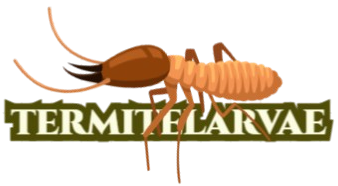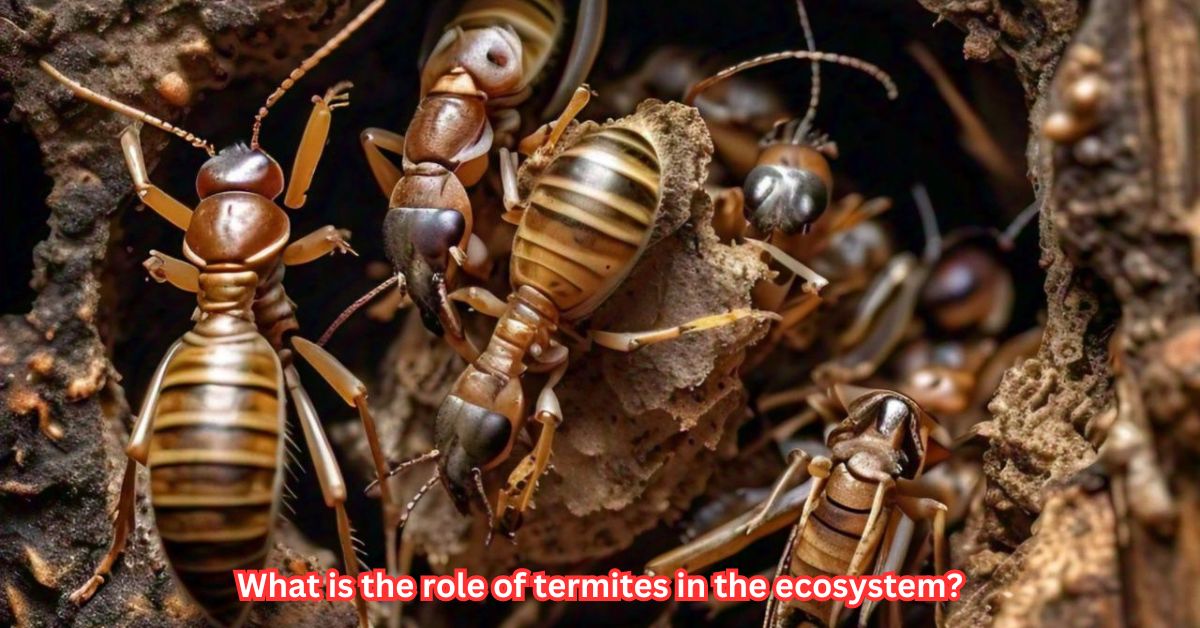Are they all bad? Termites in the Ecosystem: An Overview
Termite pests, actually a very important link in the ecosystem, are usually deemed to wreck properties. The small insect order Blattodea is vital for breaking down organic matter, recycling nutrients, and health maintenance of the soil. Their large infestation within homes and wooden structures is quite a problem; however, their ecological functions cannot be dispensed with.
Termites: Nature’s Decomposers
Probably one of the most prominent realizations that can be attached to termites is decomposition. Termites feed on dead plant material, from wood and leaf litter to soil organic matter. The feeding process aids in breaking down tough plant fibres and eventually allows for nutrient cycling back into the soil. If not for termites, dead trees and plants would have piled up, eventually accumulating much organic debris and slowing down nutrient cycling.
Nutrient Recycling and Soil Formation
Termites play significant roles in nutrient cycling and soil creation. At the time of decomposition of organic matter, termites release important plant growth nutrients such as nitrogen and phosphorus. Their burrowing and food passages allow aeration of the soil, thus physically improving it with increased water-holding capacity. This generally improves fertility and supports the establishment of healthy vegetation and the maintenance of biodiversity.
Soil Health Impact
Through bioturbation, termites improve fertility by reworking soil and sediments. It is their tunnelling actions that eventually mix the organic with the mineral fractions of the soil and increase its porosity and aeration, hence easily allowing penetration by the roots, improving the infiltration capacity, and therefore reducing erosion that improves the ability of the soil to support plant life.
Symbiotic Relationships with Microorganisms
Termites hold mutualistic associations with microorganisms inhabiting their gut. It is the only symbiont that helps in digesting cellulose, a compound constituting the cell walls of plants. In this association, microorganisms—mostly bacteria and protozoa—break down cellulose into simple compounds, which the termites can then absorb. Not only does it provide nutrition to the termites themselves, but it makes possible the decomposition of otherwise poorly degradable plant material.
Biodiversity and Habitat Creation
They also are powerful agents in creating and maintaining other organisms’ habitats. Their nests and mounds provide protection, create special habitats known as microhabitats for a wide variety of species and range from ants to beetles to reptiles. Besides, decomposition brought about by termite activities grows fungi and other microorganisms involved in decomposition, hence enriching biodiversity.
Are All Termites Bad?
Although termites have quite a number of beneficial roles, they are troublesome when they invade human structures. The inability to digest cellulose makes them a danger not only to wooden buildings and furniture but also to cellulose-containing materials in general. Infestation by termites may lead to a great level of economic damage, largely due to expensive repairs and treatments.
Termite Control and Management
Effective termite control and management are a prerequisite to mitigating their bad effects while at the same time retaining their good ecological attributes. The IPM techniques accentuate prevention before an infestation, habitat modification, biological control, and chemical treatment. An in-depth understanding of termite behaviour and ecology will be important in the formulation of more sustainable and environmentally friendly ways of controlling them.
Conclusion: Balancing the Good and the Bad
In most ecosystems, termites form an integral component in decomposition, nutrient cycling, and maintenance of soil and biodiversity. While their activities are injurious when they attack structures of human origin, one can hardly negate their ecological importance. Effective management strategies reduce their adverse impacts while enabling us to appreciate and exploit the positive roles they play in nature.
FAQs
What is the role of termites in the ecosystem?
They are major agents in decomposition, nutrient recycling, and soil fertility. Termites break down organic material and return the integrated nutrients back into the earth, improving its composition and supporting the development of plants and biodiversity.
How important are termites for the health of your soil?
Termites improve soil fertility by constructing tunnels that aerate and structure the soil. This promotes more water infiltration, reduces erosion, and allows for proper root growth.
Are all termites bad?
Not all termites are injurious. In carrying out damages to man-made structures, they have ecological functions connected with decomposition, nutrient recycling, and habitat formation for other organisms.
What are some effective methods of termite control?
Some effective methods of termite control include the following IPM strategies that focus on habitat modification, biological control, and chemical treatment in preventing an infestation and reducing potential damage.
How do termites promote biodiversity?
Termites promote biodiversity by creating habitats in the form of nests and mounds for many species. Their decomposition activities promote the growth of fungi and other microorganisms, increasing ecosystem diversity.
Q. Why are termites important in nutrient cycling?
Q. Termites are important in nutrient cycling since they break down some tough plant fibres, which release essential nutrients like nitrogen and phosphorus into the earth’s soil, supporting plant growth and health.

